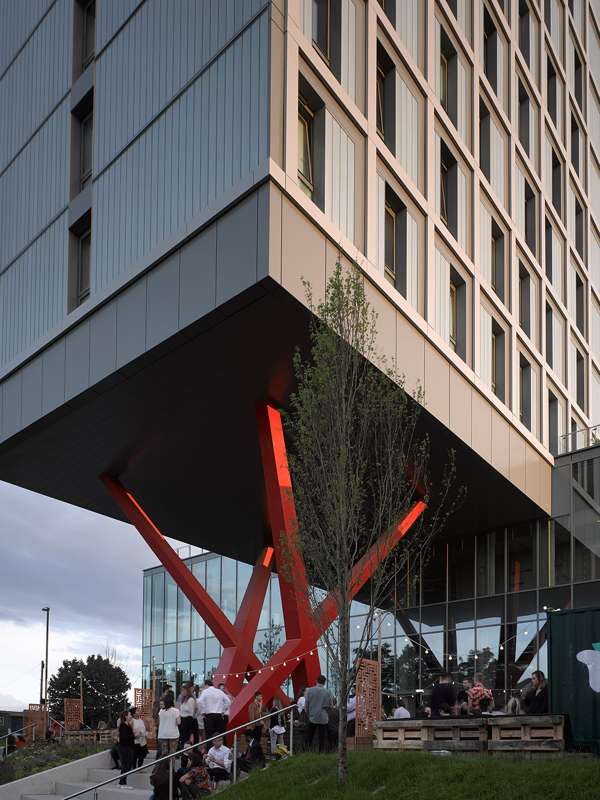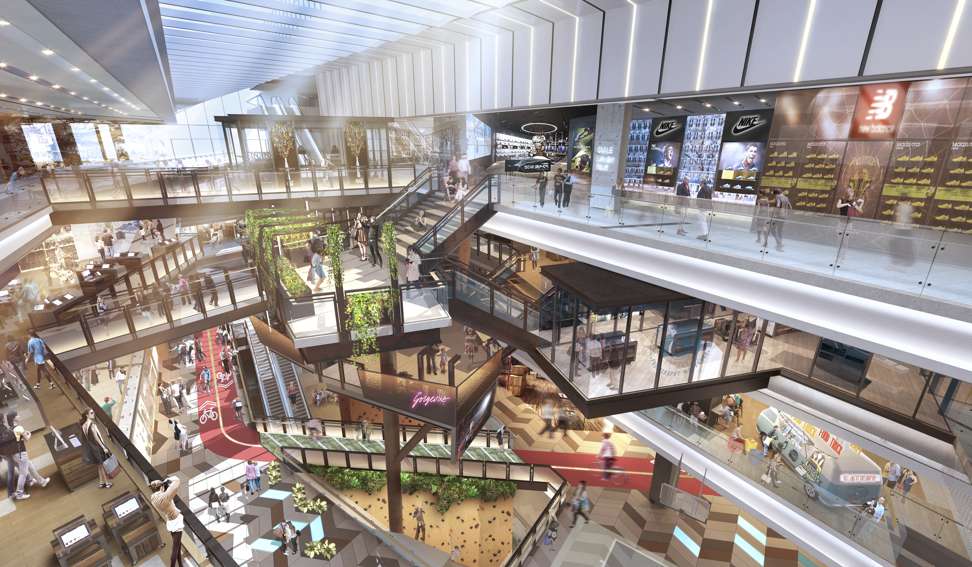
Co-working spaces have become commonplace — now many think shared living spaces will be next
There are examples already, notably in cities with housing affordability issues similar to Hong Kong’s
Millennials seem happy enough to hot desk in co-working spaces. They’re the disruptor of the traditional office leasing market, particularly in Hong Kong, where rents are high and often inflexible.
Will this trend naturally extend to shared living spaces? Paul Semple, Singapore-based principal of international design practice Hassell, thinks so.
It’s not so much that we’d want to cohabitate with strangers, he argues, but more a case of needs must. Mobile working, dwindling housing affordability and a widespread desire to “live well and centrally” are prompting more people to consider alternative housing models, Semple explains.
There are examples already, notably in cities with housing affordability issues similar to Hong Kong’s. Last year, The Collective Old Oak in West London opened as the world’s largest co-living space. The PLP Architecture-designed project comprises 550 micro units with communal facilities including kitchens, spa, gym, restaurant, games room, cinema, library and disco, along with a co-working incubator hub.

(WeWork has two co-working locations in Hong Kong, in Causeway Bay and Wan Chai, but the company would not comment on whether it plans to expand the WeLive concept to the city).
Paul Semple believes that the same drivers creating a surge in demand for co-working spaces – the roaming lifestyle enabled by technology, the desire for autonomy, flexibility and connection to a broader network – are also contributing to a new approach to how we live.
“We are experiencing a seismic shift in how we work, play and use space,” says Singapore-based Semple, a specialist in hospitality design.
The nature of work is changing, which has implications for how we live. As co-working becomes a more regular part of people’s experience, so will the notion of co-living – living spaces that we ‘log into’
“The nature of work is changing, which has implications for how we live. As co-working becomes a more regular part of people’s experience, so will the notion of co-living – living spaces that we ‘log into’.”
The notion of a shared domain is not so daunting, now that digital connectivity has made many of us less protective about privacy, he argues. Besides, the idea of social connection with like-minded peers may seem appealing.
So what would a co-living space look like? It would have multiple amenities, active communal spaces, planned events, and all provided at rates “that are afforded through the combined resource and collective thinking of a new style of community”, says Semple, adding that it would also need to be conveniently situated.

Key would be that the living environment still offers occupants a choice between solitude, or socialising, he says.
Semple, who has come to these conclusions through his work designing co-working spaces for start-ups in Singapore, says people’s perception of what they are prepared to share is radically different from 10, even five years ago.
“As we learn to use real estate more efficiently and accept that privacy is as much a luxury as it is a notion of the past, we will increasingly gravitate towards these shared spaces.”

Hong Kong-based Woods Bagot director Stephen Jones is seeing the shift first-hand.
One of his current projects is the redevelopment of a former IT mall in Singapore into an “experiential hub of the future” with shared living components. Owned by CapitaLand Mall Trust, the Funan project at 109 North Bridge Road in the city’s civic and cultural district is targeted towards tech-and socially savvy millennials, he said.
A key part of the development is the nine-storey block housing [in the Funan project] 279 co-living apartment units. The aim is to get residents out of their rooms and into shared social spaces such as the lounge, chill-out spaces and the library/media areas
The mixed-use property will incorporate vertically connected retail, food and beverage outlets, creative offices, cinemas, an urban farm and rooftop public sports grounds. “A key part of the development is the nine-storey block housing 279 co-living apartment units,” he said.
Jones envisages the residences, still in the detailed design phase, as a range of single, couple and shared rooms accommodating six or eight people. Bathrooms would be communal, and kitchen facilities limited.
“The aim is to get residents out of their rooms and into shared social spaces such as the lounge, chill-out spaces and the library/media areas,” he said.
The focus of the public areas is an open kitchen concept where residents can merge with chefs in a blurred eating/living/cooking zone, he continued. A 24 hour gym connects to a wet-edge pool overlooking parkland and city views.
He expects that the occupants of the “modest to micro” flats will be short-term, and predominantly young, single IT types on a work assignment.
Even so, will they “buy” the idea of a modern-day dorm arrangement? The architect believes so. He’s aware that the current breed of pint-sized apartments by Hong Kong developers has had a somewhat cool reception in the market, but believes that Funan, targeting the mobile workforce, will be different.
“It’s for those who are looking for a more social experience in their travels,” he said. “For companies engaged in creative, consulting, tech or design, we envisage an opportunity of providing their teams a shared apartment where team spirit can be grown.”

